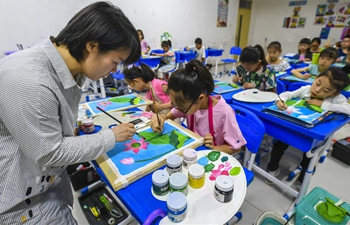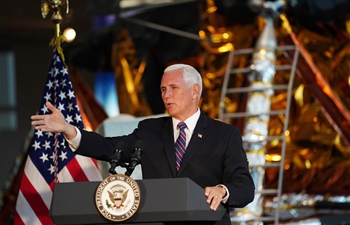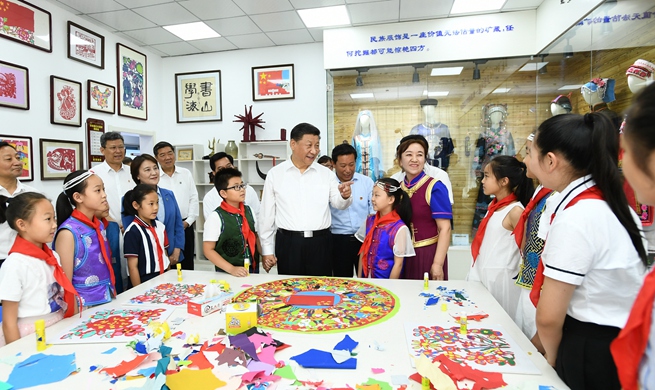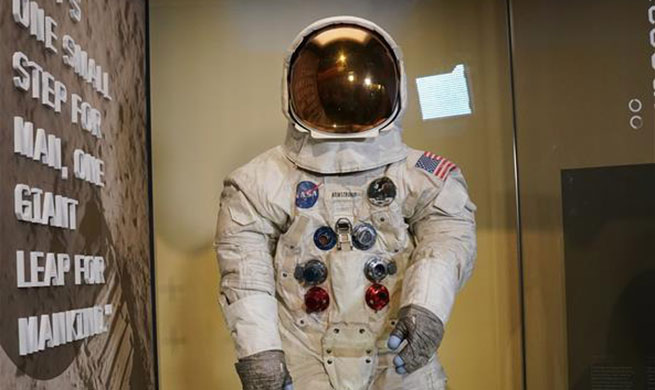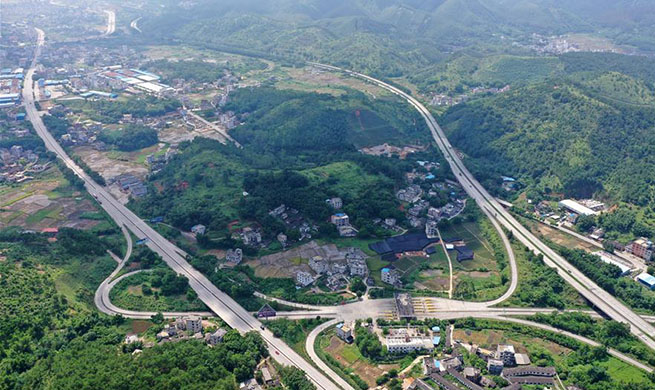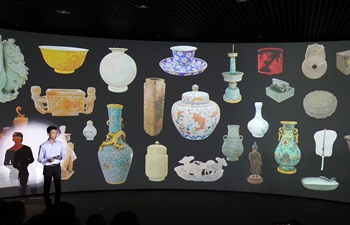by Xinhua writer Cui Yuanlei
MEXICO CITY, July 17 (Xinhua) -- The first train made up of China-manufactured wagons connecting Havana and Santiago de Cuba, the two largest cities in the Caribbean island nation, started operation on Saturday.
It was the first time in 44 years that Cuba received new railroad cars.
The change is the latest snapshot of the development of China's comprehensive cooperative partnership with Latin American and Caribbean nations and how it has benefited ordinary people.
Five years ago, Chinese President Xi Jinping proposed to establish a community with a shared future between China and Latin America during his visit to Brazil, where he met with leaders from Latin America and the Caribbean.
During another visit to the region almost three years ago, Xi drew parallel of the shared future between China and Latin America to a giant ship while delivering a speech at the Peruvian Congress. He called on both sides to build the ship together to lead China-Latin America relationship onto a new voyage.
On the fifth anniversary of the proposal, the ship has traveled steadier and further.
China has become the second largest trading partner of Latin America, while the latter is one of the fastest growing regions in terms of exports to China. Two-way trade rose 18.9 percent year on year to reach 307.4 billion U.S. dollars in 2018, according to China's official data.
China has ramped up its foreign direct investment in Latin America to more than 300 billion dollars, making it China's second largest overseas investment destination only after Asia. Over 2,000 China-funded companies have invested or established businesses in the region.
The efforts of both sides to build a community with a shared future do not only rest on paper. In fact, it has yielded tangible fruits for people through mutually-beneficial cooperation.
In the infrastructure sector, the two sides have achieved progress in the co-building of the China-proposed Belt and Road Initiative (BRI).
Ultra-high-voltage power lines have been built in Brazil to transfer electricity from the resource-rich northern part to the southern part of the country, which is more populous and energy-demanding.
In Argentina, Chinese technologies and loans have helped build solar parks and wind farms. These constructions provide steady power supply to local residents and transform Argentina's energy structure with clean renewable energy.
Transportation is another sector which has witnessed changes. Constructed by Chinese companies, the Jamaican North-South Highway has greatly facilitated traveling within the country.
Chinese-made electric buses are providing citizens in Santiago, Chile's capital, with more reliable transportation, better onboard experience and less pollution.
Chinese trains and technology have helped revamp the rail network in Argentina, facilitating the transportation of raw materials to ports for export.
Reciprocally, thanks to the advancement of logistics and e-commerce, Chinese consumers can enjoy at home high-quality agricultural products from Latin America, such as cherries from Chile, avocados from Peru and Mexico, beef from Argentina and lobsters from Jamaica.
Given their complementary economies, China and Latin America share the same dream of pursuing development with higher quality. That is why bilateral cooperation has yielded so many positive results.
Within the framework of the Forum of China and the Community of Latin American and Caribbean States, and with more and more Latin American countries joining the BRI, the giant ship of a community with a shared future between China and Latin America will sail toward a brighter future.







